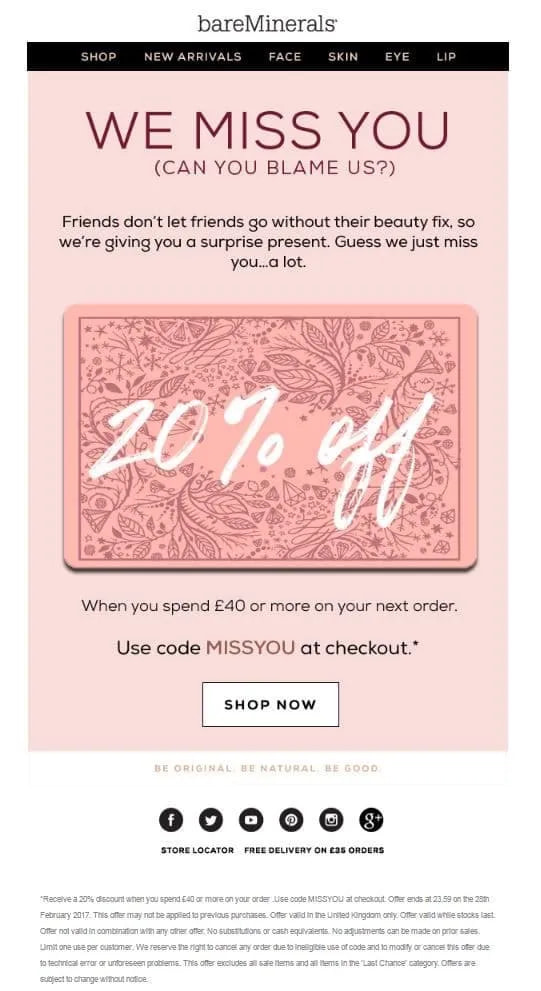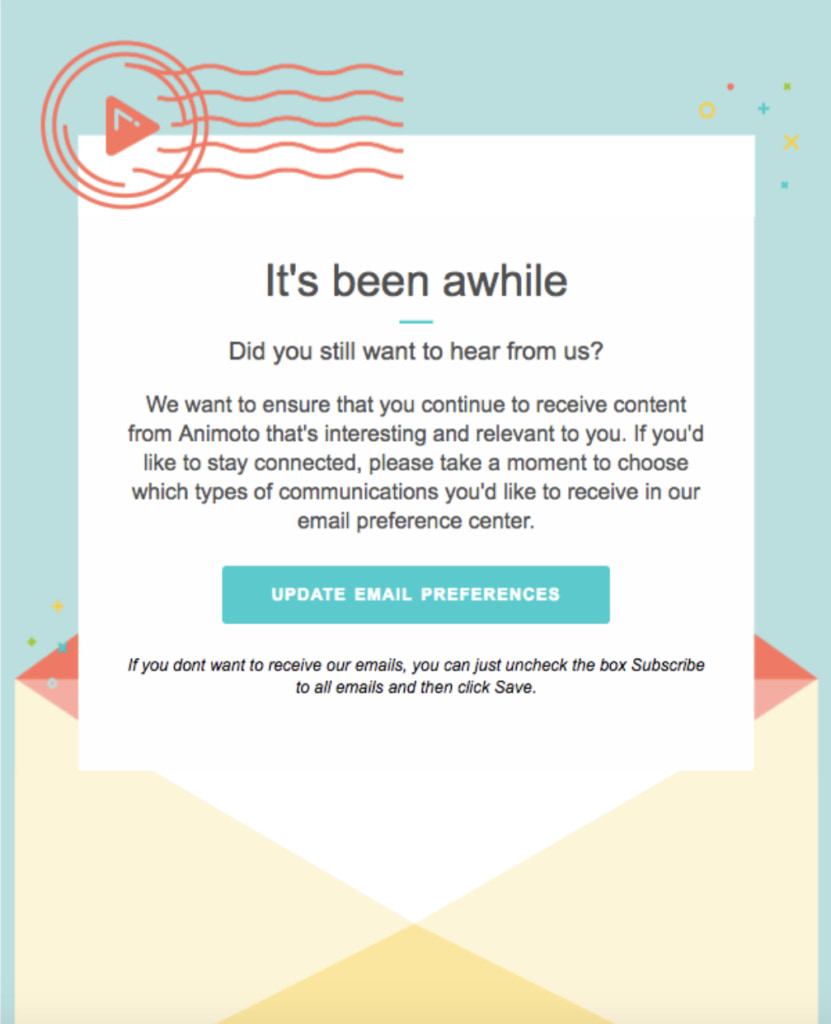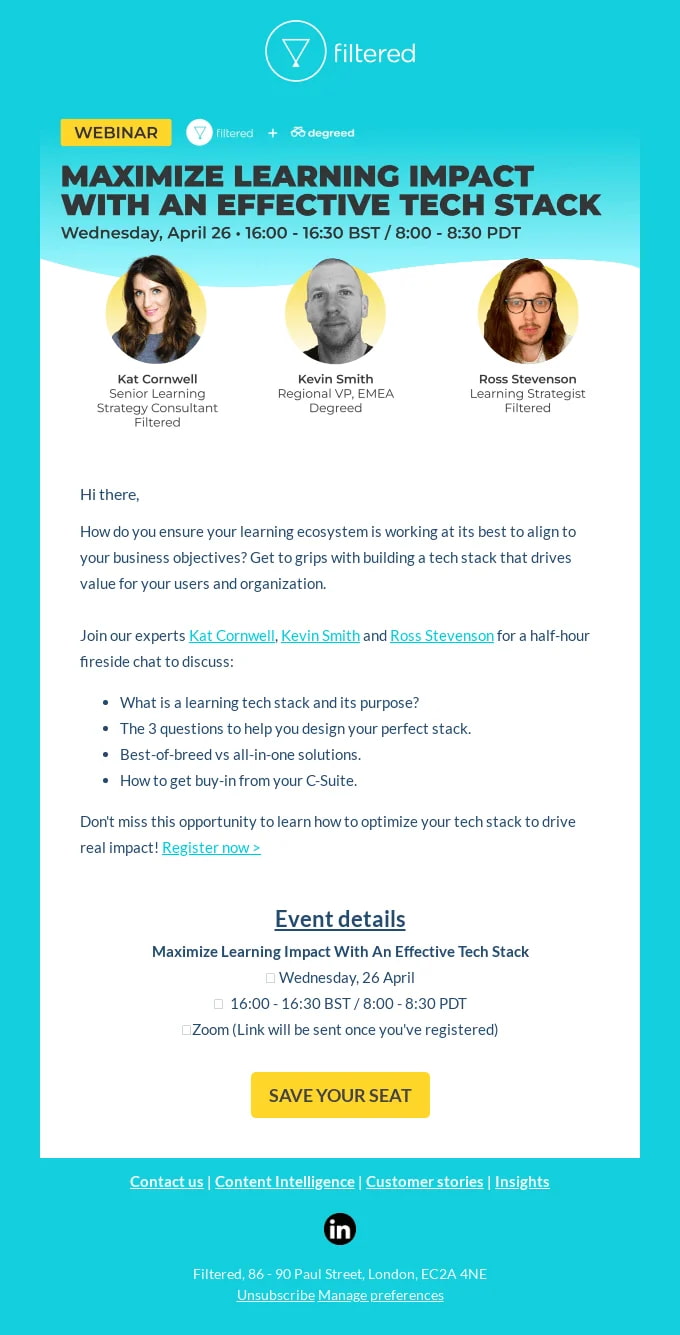Email marketing isn’t what it used to be. People ignore generic, one-size-fits-all blasts. They want emails that feel relevant to them — messages that match their interests and how they interact with your brand. Here are the most effective AI email marketing personalization techniques you can start using right now.
Basic automation tools help a little, but they’re limited by fixed rules and still send the same email to thousands of people. AI changes this. It analyzes huge sets of customer data to predict what someone might do next and lets you customize emails for each individual person.
We’ll cover everything from writing subject lines that get more opens to dynamically assembling content that boosts engagement and sales.
For additional practical ideas on tailoring campaigns, you can also explore our article on email personalization tips that focus on connecting with potential customers.
Table of Contents
The Foundation: Why AI is a Game-Changer for Personalization
To get why these techniques are so powerful, you first have to understand how AI is different from the basic automation we’re all used to.
Traditional Rules-Based Automation
This is the classic “if this, then that” setup. If someone abandons their cart, then send them a reminder email 3 hours later. It works, but it’s clunky. Everyone who abandons a cart gets the exact same email, whether they left behind a $1000 laptop or a $10 t-shirt. It doesn’t account for who they are or why they might have left.
AI-Powered Personalization
AI digs into your customer data to understand what each person actually wants. It doesn’t just follow simple rules — it recognizes patterns and predicts what someone might do next.
For example, it knows the difference between someone who left a laptop in their cart and someone who abandoned a t-shirt. Then it automatically sends each of them a message that actually makes sense for what they were looking at.
This goes way beyond just using someone’s first name. It’s about delivering a truly relevant experience for each individual.
In short, AI gives your email strategy three huge advantages:
- Scale: Instantly creates unique segments for every customer;
- Prediction: Forecasts what each user is likely to do next;
- Learning: Improves continuously from every interaction.
7 The Best AI Email Marketing Personalization Techniques
Let’s move from theory to practice. Here are the most impactful AI email marketing personalization techniques you can apply to improve your campaigns.
Predictive Subject Line and Preheader Optimization
The subject line is the gatekeeper of your email. AI can dramatically increase your open rates by moving beyond A/B testing two options.
How it Works
Specialized AI tools dig into your past email data to figure out what kind of language your audience actually responds to. They learn which words, emojis, and tones get the most opens from different types of people. Then, instead of you writing a couple of options, the AI can generate tons of variations and pick the one most likely to work for each subscriber.
Example
Instead of A/B testing “Don’t Miss Our Sale!” vs. “20% Off Just For You!”, an AI might generate and serve:
- For bargain hunters: It might send: “Your Exclusive 22% Off Code is Inside “
- For people who need a push: “Your Cart is Waiting! Final Chance to Save.”
- For your most loyal fans: “Psst… We’ve got a little deal with your name on it.”
Implementation
Integrate an AI-powered subject line tool with your ESP. The AI will handle the generation and champion-challenger testing automatically, requiring minimal manual input.
AI-Powered Product Suggestions
Upselling and cross-selling become effortless and incredibly effective with AI. This moves far beyond “Customers who bought this also bought…”
How it Works
The AI looks at everything a person does on your site — what they’ve bought, what they just looked at, what they searched for, even what they saved for later.
It figures out their taste by comparing them to similar shoppers and by understanding the details of the products they like. Then, it suggests items they’re genuinely likely to want.
Example
Say someone buys running shoes and looks at athletic jackets from an online sportswear store. Instead of showing random bestsellers, the AI suggests items that complete the outfit — like performance leggings or a breathable hoodie — making the recommendations feel thoughtful and relevant.
Implementation
Most good e-commerce and email platforms (like Shopify Plus or Klaviyo) now have this feature built in or available as an add-on. You just add a dynamic “recommended products” block to your emails — not just newsletters, but also order confirmation and shipping emails too.
Send-Time Optimization (STO)
The “best time to send” is a myth. It’s different for every person. Sending an email at 10:00 AM because it’s the “industry average” means it’s buried in the inbox of a night owl who checks email at 8:00 PM.
How it Works
The AI looks at each person’s habits — when they typically open emails and click links. It figures out the exact time and day each subscriber is most likely to actually see your message. Then it automatically sends your campaign to each person at their perfect moment.
Example
Subscriber A consistently opens brands emails between 7-8 PM on weeknights. Subscriber B is most active on weekday lunches between 12-1 PM. The same campaign is sent to both, but the AI holds Subscriber A’s email and delivers it at 7:15 PM on Tuesday, while Subscriber B receives it at 12:30 PM on Monday.
Implementation
Many advanced ESPs (like Sendinblue, Mailchimp Ultimate, and ActiveCampaign) offer send-time optimization as a native feature. You simply enable it, and the AI handles the rest.
Predictive Content Personalization
Predictive content personalization builds entire emails dynamically based on what AI expects each subscriber is most likely to engage with.
How it Works
The system creates a tailored email by selecting content blocks from a library, such as product ideas, photos, promotions, or testimonials. The layout and content are chosen based on consumer interests, stage in the purchasing path, and likelihood of conversion.
Example
An outdoor retailer is sending a campaign about hiking gear.
For a user who recently browsed hiking boots and backpacks, the email features a dynamic module showing the exact boots they viewed, a “Complete Your Kit” section with backpacks, and a blog article about “10 Essential Day-Hikes in Colorado.”
For a user who is a loyal customer but hasn’t purchased recently, the email leads with a loyalty-specific discount and highlights new, trending camping gear to re-engage them.
For a new lead who downloaded a guide on family camping, the email features beginner-friendly tents, sleeping bags, and a link to a “Camping with Kids” webinar.
Implementation
You’ll need a more advanced setup to pull this off — usually by connecting a customer data platform (CDP) to an email service provider (ESP) with AI capabilities. You create different content modules ahead of time and set clear goals (like increasing engagement or conversions). From there, the AI takes over, assembling a unique version of the email for each subscriber in real time.
Churn Prediction and Customer Reactivation
Keeping existing customers is more cost-effective than acquiring new ones. AI makes it possible to identify subscribers who are at risk of leaving and target them with personalized reactivation campaigns.
How it Works
The AI model analyzes dozens of signals to assign a “churn risk score” to each subscriber: decreasing engagement (opens/clicks), time since last purchase, browsing behavior without purchasing, and support ticket history. It can then automatically trigger a personalized reactivation journey for high-risk users.
Example
A SaaS company’s AI flags a user whose login frequency has dropped 80% over the last month and who hasn’t used a key feature in 6 weeks. This triggers an automated email sequence:
- Email 1: “We miss you! Here’s a tip on how [Key Feature] can save you 5 hours a week.” (Value-based);
- Email 2: “Is everything okay?” offering a link to schedule a call with customer success. (Support-based);
- Email 3: “Come back! Here’s a special offer to get you started again.” (Incentive-based).
Implementation
You need an ESP or marketing automation platform that supports lead scoring based on AI models. You define the “churn” criteria with the AI’s help, and then build the corresponding automated workflow.
Dynamic Language and Tone Personalization
Brand voice isn’t one-size-fits-all. Different demographics and personas respond to different tones of voice.
How it Works
NLP AI can analyze a user’s profile, past engagement with different messaging, and even their writing style (if they’ve submitted support tickets or reviews) to determine their preferred communication style. It can then adjust the tone of the email copy accordingly.
Example
A younger, highly-engaged segment might receive an email with a casual, playful tone: “Hey [Name]! Your fav products are back in stock. Yeah, it’s a big deal.”
A segment of older, professional B2B buyers might receive a more formal, benefit-driven version: “Good morning [Name], The items you expressed interest in are now available for purchase. This represents an opportunity to improve operational efficiency.”
Implementation
This is an emerging technique often found in advanced AI copywriting tools integrated into the marketing stack. It involves creating multiple versions of email body copy and allowing the AI to select the best fit.
Personalized Content Curation Newsletters
For blogs, news sites, or B2B companies, blasting out the same “weekly roundup” to everyone is a missed opportunity. The goal is to give each person a newsletter filled with the stuff they actually care about.
How it Works
Basically, the AI is a personal editor for each subscription. It considers what each individual usually clicks on, what themes they enjoy, whose writers they prefer, and if they’d rather watch a video or read an article. Then it utilizes that information to create a personalized digest for them, highlighting just the most relevant content from your most recent posts.
Example
A marketing publication has subscribers interested in SEO, social media, and email marketing. A subscriber who only ever clicks on SEO content will receive a newsletter featuring the week’s top 3 SEO articles, a new SEO podcast episode, and an upcoming SEO webinar. The social media and email content is filtered out.
Implementation
You’ll need an email platform that’s smart enough to handle this. It starts by tagging all your content thoroughly — by topic, author, and format (like “video” or “guide”). The AI then uses these tags to match content to each user’s personal interests automatically.
Implementing AI Personalization: A Practical Roadmap
Mastering AI email marketing personalization techniques helps brands increase open rates, boost conversions, and deliver hyper-relevant customer experiences. AI adoption may seem daunting. To ensure success, adhere to this detailed process.
Audit Your Data
AI is only as effective as the data it is fed. Before you start, clean your lists and verify you’re gathering important first-party data. A Customer Data Platform (CDP) is quite useful here.
Start with Your ESP
Many modern Email Service Providers are baking AI features directly into their platforms. Before investing in new tools, explore what your current provider offers. Klaviyo, Braze, and Salesforce Marketing Cloud have robust native AI capabilities.
Define One Goal to Start
Choose one use case from the list above that aligns with a key business goal. Do you need to increase open rates? Start with predictive subject lines. Need to increase average order value? Implement product recommendations.
Build and Test
Implement your chosen technique. For AI, testing is still crucial. Run your AI-powered campaigns against your old manual campaigns to measure the uplift in opens, clicks, conversions, and revenue.
Analyze and Iterate
Review the performance data. What is the AI telling you about your audience? Use these insights to refine your overall strategy and gradually introduce more advanced techniques.
Conclusion
Let’s be honest: sending out the same message to everyone is no longer effective. People want emails to feel like they were written specifically for them. Fortunately, AI is the instrument that ultimately enables this for every subscription.
What is the best part? This is not some far-future technology. The tactics we discussed, like as smart subject lines and content that varies for each user, are now being implemented by actual businesses to significantly increase opens, clicks, and sales.
The question has shifted from “Should we personalize?” to “How can we personalize everything?” By using these AI email marketing personalization techniques, you are not just sending messages — you’re building stronger, more meaningful connections that keep customers engaged and loyal.



